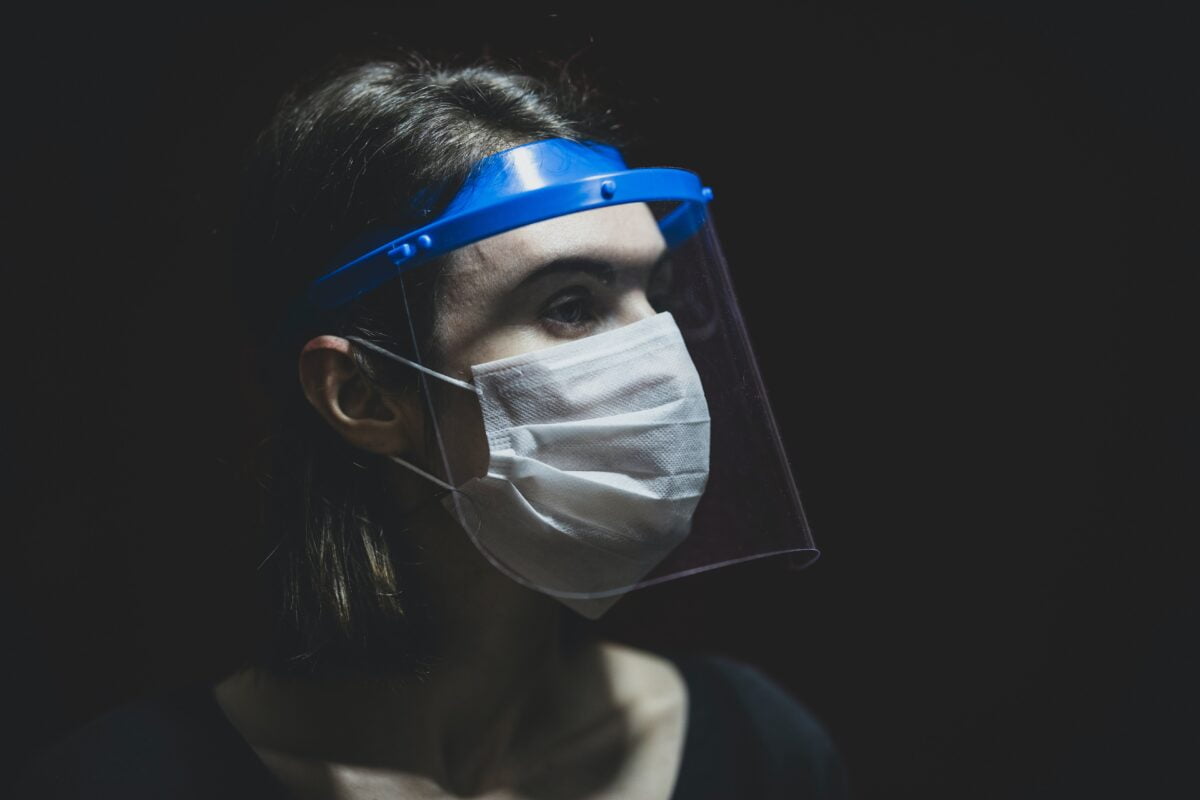Uncategorized
Face Masks VS Face Shields For COVID-19
When the pandemic hit, there was no shortage of debate on the best way to limit the spread of COVID-19.
As time has gone on, three simple rules have become apparent for the safety of our businesses, our loved ones, and the general public: social distancing, washing hands, and wearing masks.
The first two were relatively easy to understand.
But, face coverings and how well they prevent infection by sars-COV-2 which causes COVID-19 led to many conflicting opinions, especially in the United States.
The biggest question has seemed the hardest to answer: which face covering is the most effective?
While many face coverings are available, it can be difficult to identify which one is the most suitable for you.
There’s a wide variety of options, from 3-ply face masks and respirator face masks, to washable cloth face masks. There are even more options when you consider face shields or the combination of face shields and a face mask.
If you’re going to follow the mask-wearing rules recommended by the CDC to help prevent the spread of COVID-19, here’s what you need to know:
- Choose a respirator that not only protects other people but also protects you.
- If you want a higher level of protection, use it in combination with a face shield, but never in place of one. A face shield alone does not prevent the spread or contraction of COVID-19 in any measurable way.
- If you absolutely can’t wear a face mask, a face shield may be slightly beneficial to those around you (but it’s very limited).
We’ve come to these recommendations through science, research, and common sense.
And we’ll share with you exactly how we came to these recommendations below:
This article talks you through the following:
- What is a face mask?
- Benefits of a face mask
- What is a face shield?
- Benefits of a face shield
- Face mask or face shield?
- Can I wear a face mask & a face shield?
What is a Face Mask?
The term “face mask” is unregulated, so we’ll get very specific about the different types and what they do.
There are three main categories of face masks:
- 3-ply face masks (aka “surgical masks” or “medical masks’)
- Respirator face masks
- Cloth face masks.
All masks can help stop the spread of COVID-19, but they each provide a different level of protection.
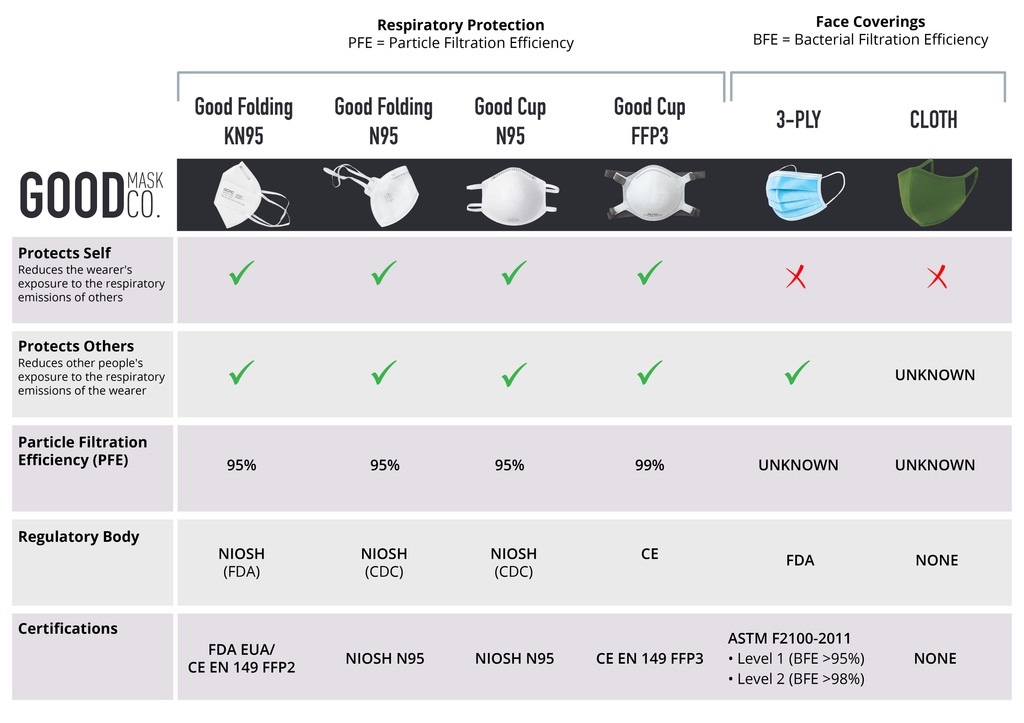
Respirator Face Masks
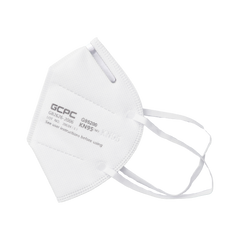
Respirator face masks include a collection of ratings such as N95, KN95, FFP1, FFP2, and FFP3. They are generally made from polypropylene non-woven fabric and have a metal strip to seal the mask around the wearer’s nose bridge.
Respirator masks fit snugly to the face when worn, which reduces the wearer’s exposure to airborne particles, such as small particle aerosols and large droplets of bodily fluids.
The masks are classed as PPE and are disposable, and they are classified by the Centers for Disease Control and Prevention as the safest option for all wearers.
3-Ply Face Masks
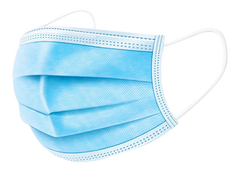
You are probably familiar with 3-ply face masks, which are more commonly referred to as “medical face masks” or “surgical masks”. These masks are classified as PPE and disposable.
Healthcare workers commonly wear these masks in hospitals, clinics, surgeries, and laboratories to protect patients.
3-ply face masks are much more loose fitting than respirator masks. They’re also rated based on BFE (Bacterial Filtration Efficiency) rather than PFE (Particle Filtration Efficiency), meaning they’re not designed to prevent the wearer from inhaling viruses.
What does this mean for you?
While these masks are better than nothing, they’re less suitable than options like an N95 for protection against SARS-CoV-2, the virus that causes COVID-19 due to bacteria being much larger in size than viral particles.
Cloth Face Coverings

Cloth face coverings are ideally made from multiple layers of tightly woven fabric. Their aim is to trap any large droplets excreted from the wearer’s nose or mouth while being worn.
They do not currently have medically proven or tested particle filtration or bacterial filtration standards, but they are commonly used as a form of personal protective equipment.
Unlike respiratory masks or 3-ply, cloth face coverings are reusable, and the CDC recommends daily washing.
Face Mask Benefits
Respirator Face Mask Benefits
Respirator face masks are the most effective of all masks against the spread of COVID-19.
This is due to their ability to protect both the wearer and those around them as they effectively filter tiny airborne particles (as small as .3 micron), such as viral particles. Filtering out up to 95% of particles, along with larger droplets such as bodily fluids, gives the masks the highest success rate of all. Respirator masks are fitted tightly to the wearer’s face, which results in minimal leakage upon inhalation and exhalation. They are the only masks available that provide two-way protection to both the public and the wearer.
3-Ply Face Mask Benefits
3-ply face masks are droplet and splash resistant, with the ability to resist blood, water, and other bodily fluids. This is why they are a popular choice in public health settings, such as hospitals and clinics. While they don’t provide the same level of protection as respirators, and they don’t offer two-way protection, they are still an approved alternative.
If all members of the public were consistently wearing 3-ply masks at all times, we would be much better protected.
Cloth Face Mask Benefits
Cloth masks act as a physical barrier between the wearer and others. Choosing to wear one is the first protective step that you can take against potentially furthering the spread of COVID-19 and infecting others. However, cloth face masks are not medically tested and they provide the least protection of all the face mask categories.
What is a Face Shield?
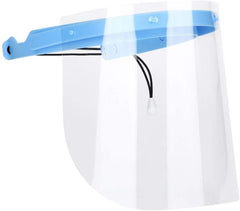
Face shields are worn to protect the wearer’s eyes from infectious disease droplets and debris, such as the COVID-19 virus.
Unlike a face mask, they also provide a covering for the wearer’s eyes.
They are typically a plastic face shield that is attached via a headband with a curved transparent panel or visor and should fit over the whole face.
Because face shields are open on the sides, SARS-CoV-2 microscopic respiratory droplets can get in (and out) quite easily.
Face Shield Benefits
The primary benefit of face shields is that many wearers find them more comfortable than face masks, but that doesn’t mean they work on their own.
Face shields are much quicker and easier to clean than cloth face masks because all it takes is wiping them down with disinfectant.
Despite the benefit of comfort, wearing a face shield without an accompanying face mask comes at the cost of protection. Wearing a face shield alone does not protect the wearer or anyone around them from COVID-19.
Face Mask or Face Shield?
New research shows that the benefits of face masks are far greater than those of face shields. In fact, the effectiveness of face shields is very limited.
While face masks can feel slightly uncomfortable for some wearers because they fit snugly around your mouth and nose, that snug fit prevents the spread or inhaling of respiratory droplets. Unfortunately, that prevention of transmission is something a face shield doesn’t do.
If the wearer desires eye protection, it is recommended that face shields are worn with a suitable face mask to provide maximum protection.
Some people are unable to wear tightly fitting face masks due to disabilities, respiratory conditions, or mental health conditions.
When someone is incapable of wearing a face mask, wearing a face shield is preferable over not wearing any covering at all, but only slightly.
In conclusion, face masks better prevent the spread of COVID-19.
Can I Wear a Face Mask and a Face Shield?
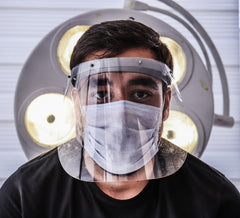
Yes, you can wear both a face mask and a face shield together. In fact, many experts agree that this is the most protective option to prevent the spread of COVID-19. SARS-CoV-2 can be transmitted through the eyes as well as the mouth and nose.
For more information on washing, reusing, and sharing face masks, read our previous blog post: Can PPE be Reused / Washed / Shared.
Cover photo by engin akyurt on Unsplash.

